It was still dark when I woke, and all of Calvert Island and the anchorage it surrounded were eerily still. I shifted my weight and GAMINE moved with me. We were still afloat. Above the gunwales, the faint light of early dawn had just separated the sky from the silhouettes of the forested hills. I drifted in and out of sleep for another hour and when I sat up, beads of dew trickled off my bivi bag. With RAINBOW gone (read about RAINBOW in Part I), I was alone in Pruth Bay, a cruciform inlet with three half-mile-long coves at the head of its entrance to the east. I was cold and rowing would be the quickest way to warm myself, so I prepared to get underway before breakfast. As I reeled the anchor in, the rattle of the chain against the gunwale echoed across the bay. Ward Channel was quite still and GAMINE's wake was the only thing disturbing the water. I couldn't bring myself to row fast any more than I'd break into a run in a cathedral.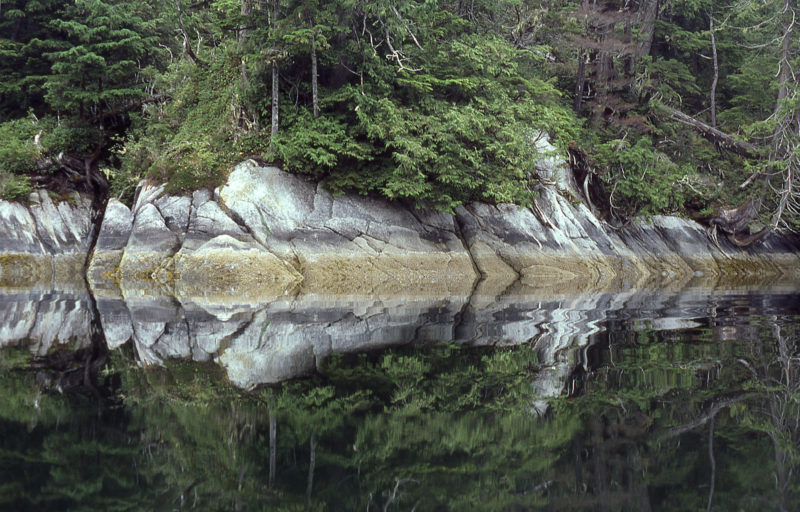 Photographs by the author
Photographs by the author
Join The Conversation
We welcome your comments about this article. To include a photo with your remarks, click Choose File below the Comment box.


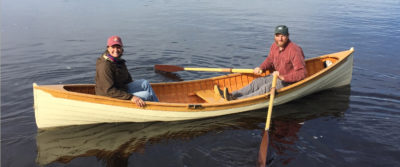
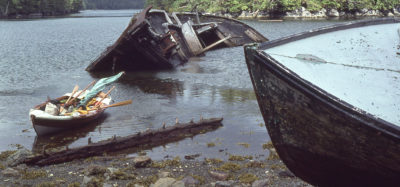
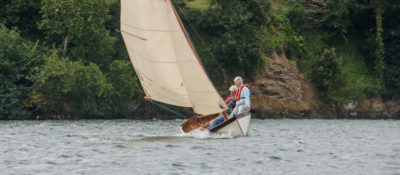
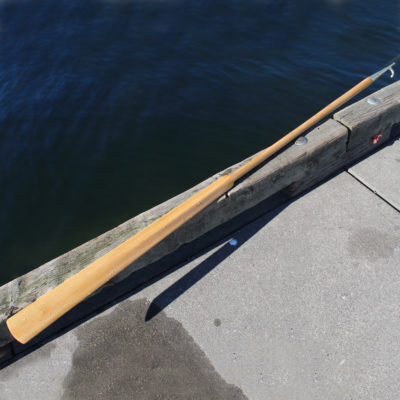
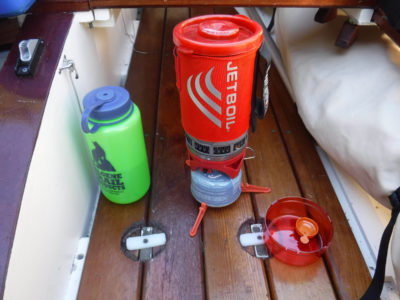
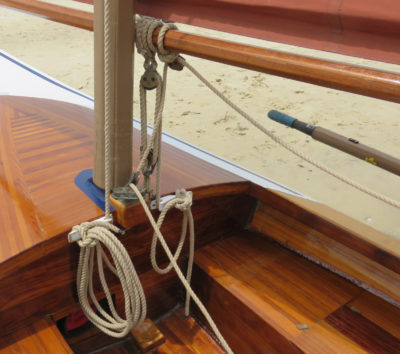

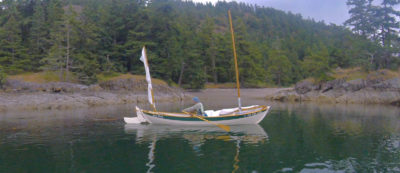

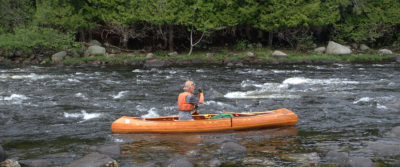

Great story Chris!
So many echoes with my trip south over the same waters last year. So much has changed. Klemtu now has a real road. Butedale has mostly fallen apart, with just a seasonal caretaker, although the present owner has big development plans. Less wild salmon and now fish farms in many places.
On the other hand, many of my experiences were similar to yours. I was blown into Butedale on a big wind, instead of out of it. Long, long days rowing in Grenville Channel and alongside Princess Royal. The bugs are still there in Lowe Inlet. I too was blown into Kelp Passage, except from the north, in strong winds and heavy rain, and was grateful to find shelter there behind Lewis Island. Rowing in the rain in Mathieson Channel. Unlooked-for hospitality from other boaters.
But, wet, tired, cold, sore and hungry, like you, it was a time to be intensely alive and I wouldn’t have missed it for the world.
I have just read your own account of sailing the Inside Passage in
British Columbia. What an awesome passage to undertake
single-handed! Great stuff.
Chris:
Many thanks for your yarn. Good on you.
The virtue of a great sport, to me, is that it gets you to the right place at the right time.
Hiking comes to mind as tough, demanding, and tiring when the trail takes you through challenging topography. Cross country and downhill skiing requires even more muscle tone, plus grace and rhythm. Bicyling backroads and trails is a celebration of physics expanding human strength but is unforgiving of any lapse of focus. Canoeing beyond roads and power lines offers the near-magical slide and flow of the light craft under you, along with the near-heartbreaking portages across muskeg bogs on shaky floating log-pairs (and, damn them, the clouds of bugs). Sailing is the very best.
Now and then, not often, your effort brings you to an apotheosis of weather, environment, light, and awareness: frozen Lake Tahoe in supernaturally sharp sunlight from the highest lift at Squaw Valley; hiking up Mount Tam and resting in a swale under the wind beside a triple waterfall; a long procession of Gold Rush eucalyptus making a leafy tunnel of a deserted road, fragrant bark strips rattling under your bicycle tires.
But sailing has burned into me particular, extraordinary legs of many voyages, with wind driving a boat you know intimately and waves lifting it like an offering to the blue, blue sky. Those scintillating legs – ten minutes or an hour – make all the disc sanding and varnishing and expense and wet butts worth the trouble.
The tale of your voyage speaks to these moments. Like a good tale, it doesn’t diminish the discomfort, boredom, muscle spasms and bouts of fear you invested to distill the moments from an entire season.
Not everyone can make a trip like yours. Nor should they. Sailing solo makes a dandy story but, honestly, most of us are not emotionally set up to endure solitary living for long. Self-reliance is admirable, and self-discovery is precious, but the psychology of facing both hardships and joy without companions is tricky business. I’ve sailed solo in little boats and discovered that the immensity of the water, the frivolous vagaries of weather, the immense and ungovernable forces applied to your solitary situation are humbling. They can be borne, but just how long differs from one sailor to another. For an old depressive like me (most writers and artists are vulnerable to depression), solo voyages are contraindicated. Some dark and powerful dreads can overhaul you when your little boat is only a speck on a vast stretch of hostile water.
This brings up another important point. When I worked at National Geographic, the expeditions editor, Bill Graves, had a quote from explorer Vilhjalmur Stefansson framed on his office wall: “Adventure is a sign of incompetence.” I haven’t called your voyage an adventure because you’re a damn careful sailor who takes weather and equipment frailty seriously, and because you knew when to quit. We hear too damn much about extreme sports and daredevil exploits. Stunts aren’t sport, and they surely don’t fall within the careful boundaries of good seamanship set out by my favorite character in the Coastal Pilot books, the Prudent Mariner. That skipper doesn’t have adventures; he or she gets to a destination without fuss and flurry, in a well-planned manner that could never be called showy.
Small boats are so personal and so much fun that wild hare sailors (bunnies don’t belong on boats) are tempted to take wild chances. And that’s another dangerous thing about solo sailing: there’s no one to tell you “Sit down and shut up and be sensible. Let’s have a good time, not break any bones, and get where we’re going. No adventure.”
Grand yarn, lovely scenery, lovely little boat.
Adkins
Just read the second half of your Inside Passage trip. That stretch from Gibson Island to Kelp Passage was quite harrowing to read. It’s a credit to your seamanship and one tough little boat that you made it in one piece.
This just proves…There is nothing…ABSOLUTELY NOTHING…half so much worth doing as simply messing about in boats.
Jim and Pat
Dixie County, Florida
Thank you for writing about it all.